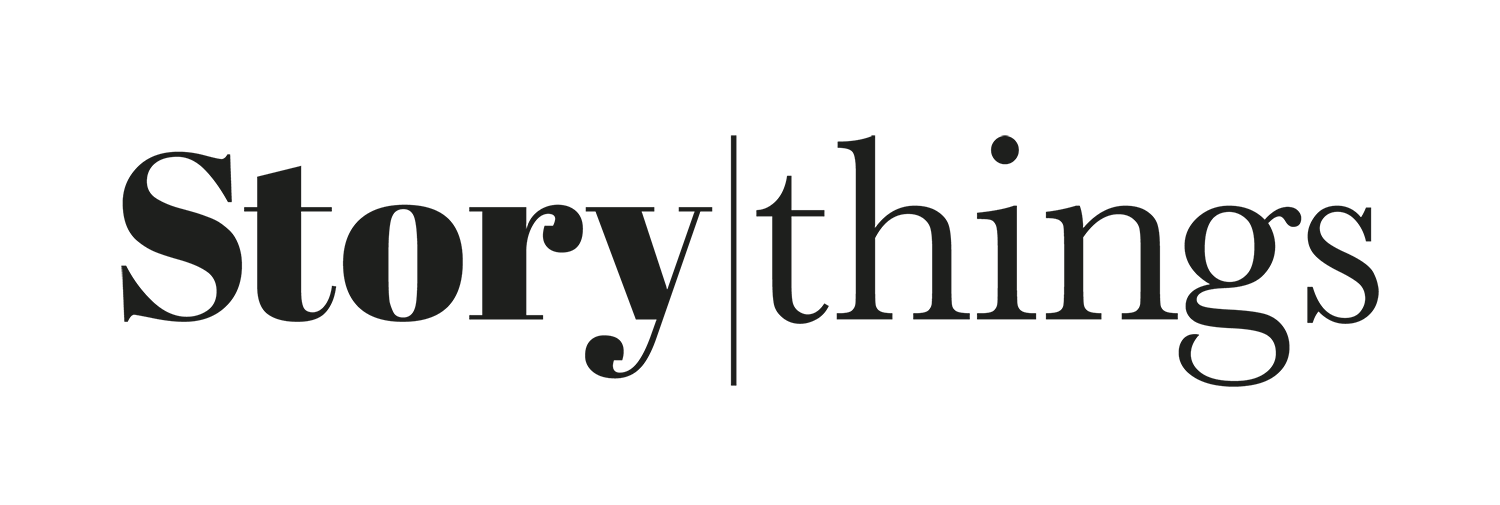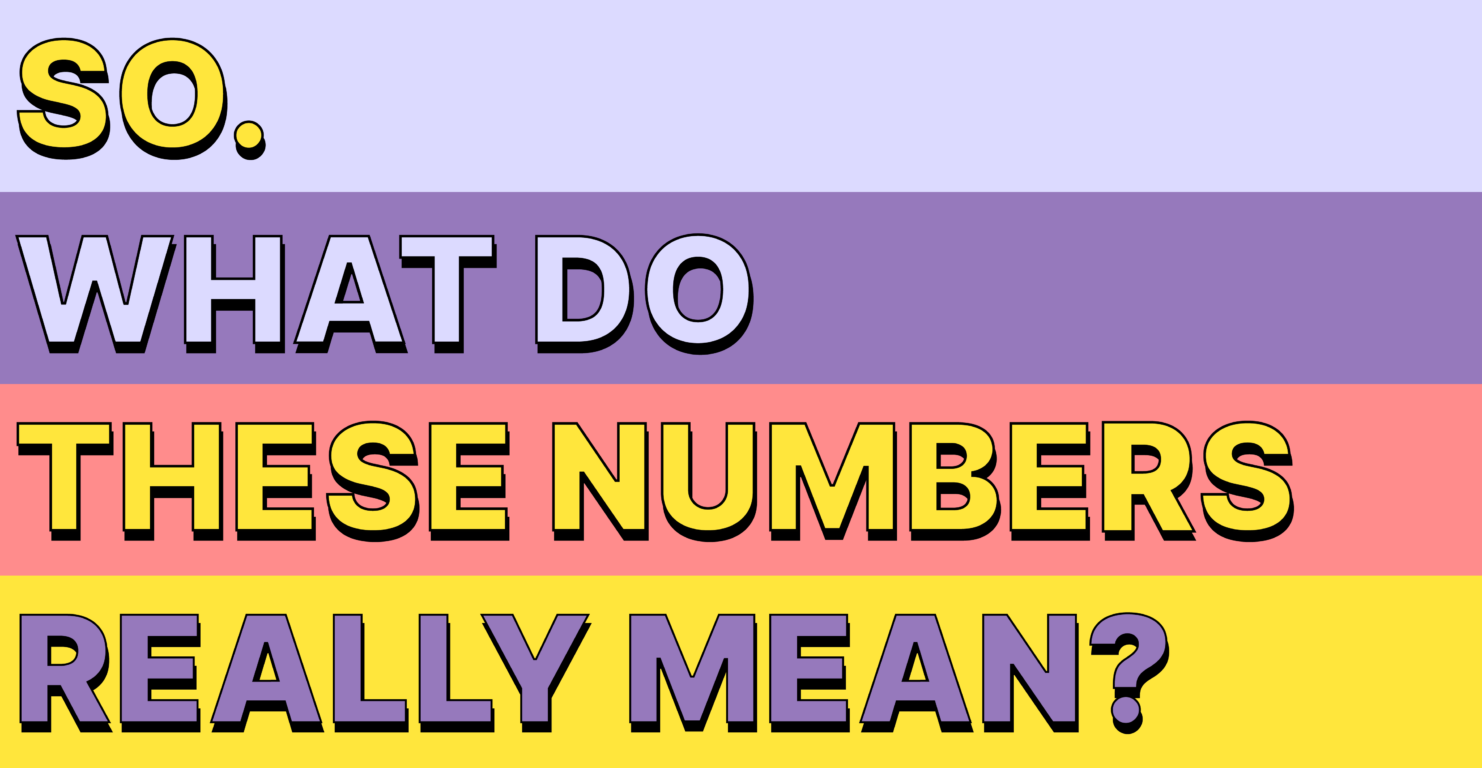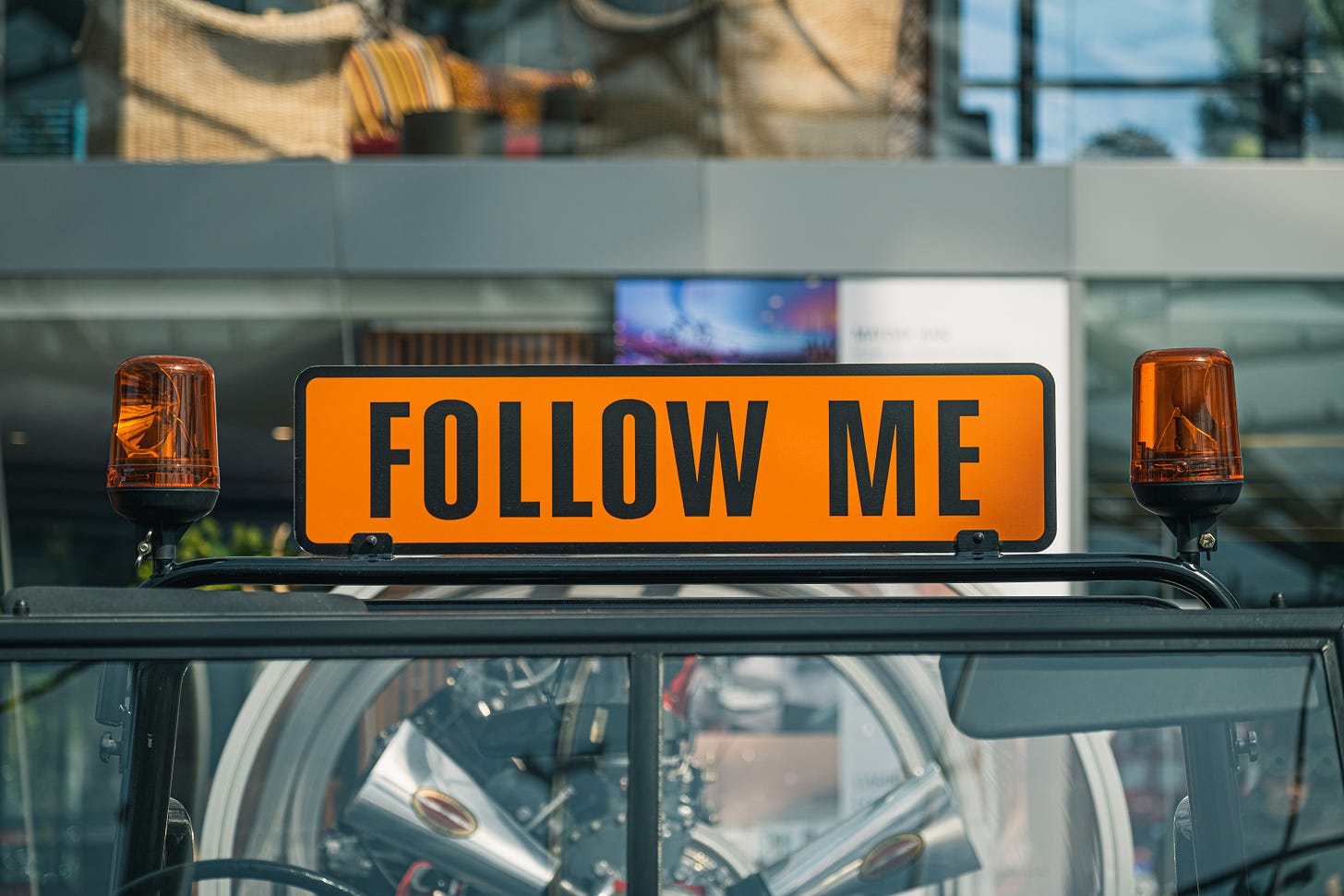Followers: So. What Do These Numbers Really Mean?
Before the 21st century, if you carefully counted how many followers or fans you had, you were either a cult leader, a celebrity, or a politician (which is a terrible combination of the first two). But the rise of smartphones and social media in the last 20 years meant that we can all now experience the visceral thrill/horror of discovering how many people are interested in us.
Of all the metrics we’re looking at in this series, this one is the most specific, and yet possibly the most elusive. The behaviour that leads to someone following you is pretty clear – they click a button or subscribe in some way, and then click a button or unsubscribe when they don’t want to follow you. So on the surface, the metric is simple, but understanding what it actually means is a lot more complex.
Why should I care?
As Eugene Wei explains in his long, but brilliant essay, we are ‘status-seeking monkeys’, the early social networks enabled us to build audiences through different kinds of ‘work’ that were rewarded by the different social platforms. That work could be having a visually aspirational life (Instagram), condensing interesting thoughts into short texts (Twitter), or perfecting a visual joke in just 7 seconds (RIP Vine – I still miss you).
But over the last few years, the game has changed, as the platforms have moved from follower-led streams to algorithmic streams. The work now is not about finding out what your followers want, but what the algorithm wants. This is fundamentally shifting the concept of a ‘follower’, and of social platforms in general.
What’s the big picture?
This changed in the mid 2000s with the rise of Facebook, and a concept called the social graph. The social graph was based on the idea that if a product could see all the different kinds of connections you had to different communities, it could create exponential value for yourself and the network. A number of social platforms experimented with the social graph, but Facebook made it the core of their product, and had the ambition to use it to connect all the groups you were connected to – not just on Facebook, but the entire web.
So what does this all mean?
This shift continued as social platforms moved their core newsfeeds from ones generated by the accounts you follow, to ones generated by algorithms. As algorithmic feeds have grown in dominance, users’ overt choices have become less important, as the platforms decided what to show you based not just on intentful behaviours like clicking a Follow button, but subconscious behaviours like how long you spend watching a video.
As a result, the ‘game’ of social networks has changed. It’s no longer about doing the work needed to generate a large audience of direct followers, but about learning how to game the algorithm to get it to show your content. This has led to some creators moving to platforms where they can, once again, have a more direct subscription or payment relationship with their followers, like Substack or OnlyFans.
This might be how the cycles of social platforms play out from now – recruiting creators with the promise of direct relationships with their audiences, intermediating them with algorithmic feeds that generate income for the platforms, leading to creators abandoning them for new platforms that give them a direct relationship with their audience. And repeat.
Tell me something I don’t know
Give me some numbers
Twitter ‘lurkers’ – people who follow and reply, but don’t post their own tweets – follow and are followed by fewer accounts. A typical ‘lurker’ is followed by just 15 accounts, compared to 59 for an active Tweeter.
The threshold for monetizing your channel on YouTube is 1000 followers. When you hit this point, you get an email with a celebratory GIF from YouTube, and if you also have over 4000 hours of watch time in the last year, an invite to the YouTube Partner Programme.
Substack writers generated over $22m income from their subscribers in 2022, with at least 5 newsletters generating over $1m in income. The leading Substack publications have tens of thousands of paying subscribers, with one reaching hundreds of thousands.
Ok, I want to know more
Eugene Wei’s Status As A Service post, mentioned above, is a lengthy, but absolutely fantastic account of the relationship between social platforms, the work they ask us to do, and the status rewards they give us in response.
Kyle Chayka’s brilliant New Yorker article uses Twitter’s Blue Checkmark debacle and the demise of Buzzfeed News to tell a wider story about the end of a social media era driven by follower scale and viral success.


